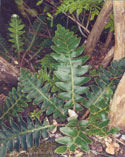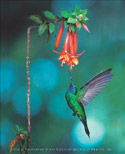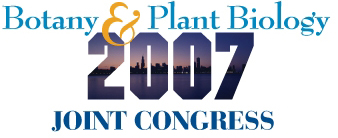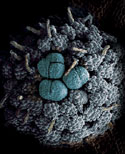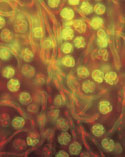|
||||||||||||||||||||
|
Copyright © The Botanical Society of America · Meeting Office · 2813 Blossom Avenue · Columbus, OH 43231 Voice: 614-899-9356 · FAX: 614-895-7866 · Email: johanne@botany.org |
|
||||||||||||||||||||
|
Copyright © The Botanical Society of America · Meeting Office · 2813 Blossom Avenue · Columbus, OH 43231 Voice: 614-899-9356 · FAX: 614-895-7866 · Email: johanne@botany.org |
